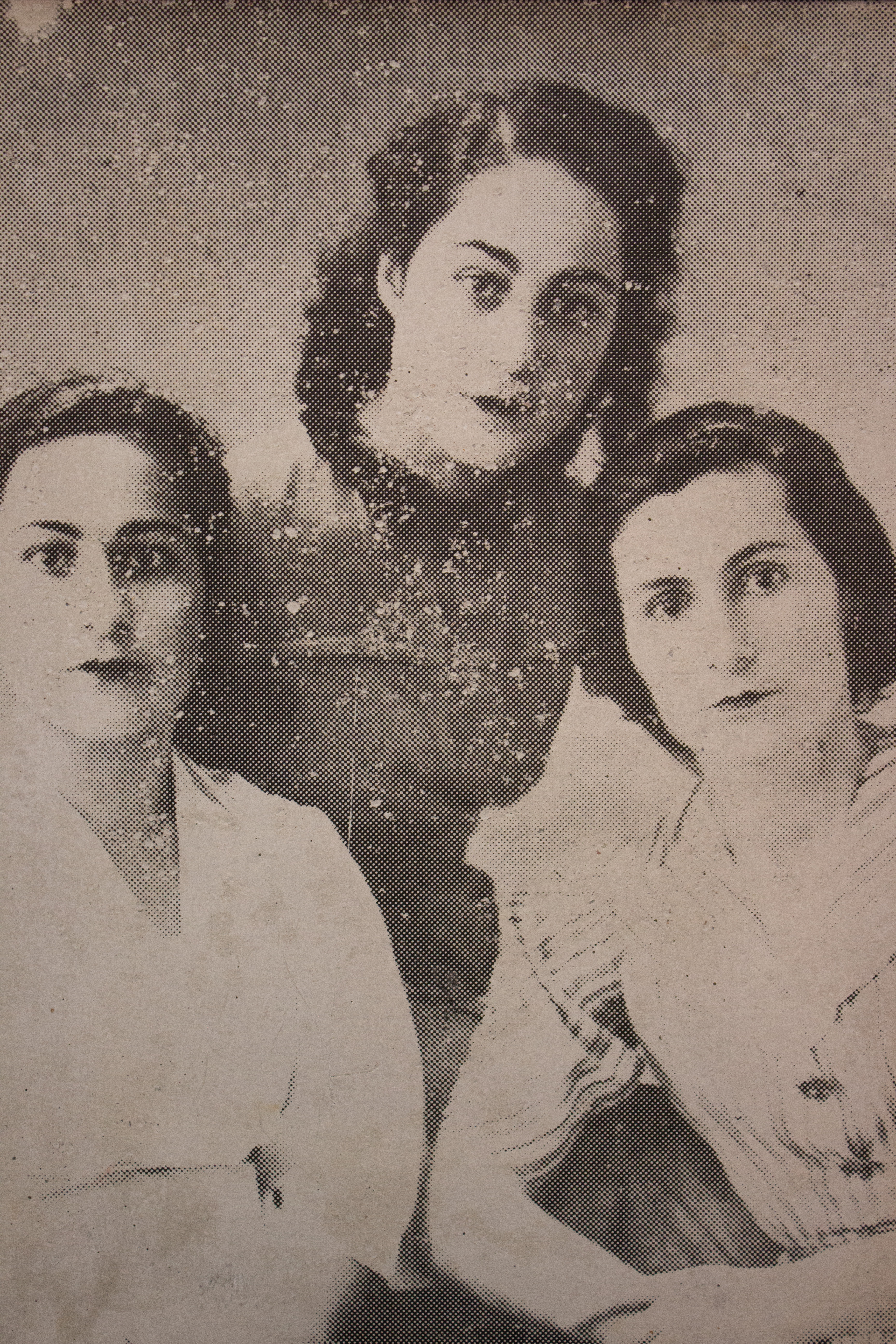
My grandmother used to tell me that in the previous century, German (through her words) ‘technologists’ came to the village.
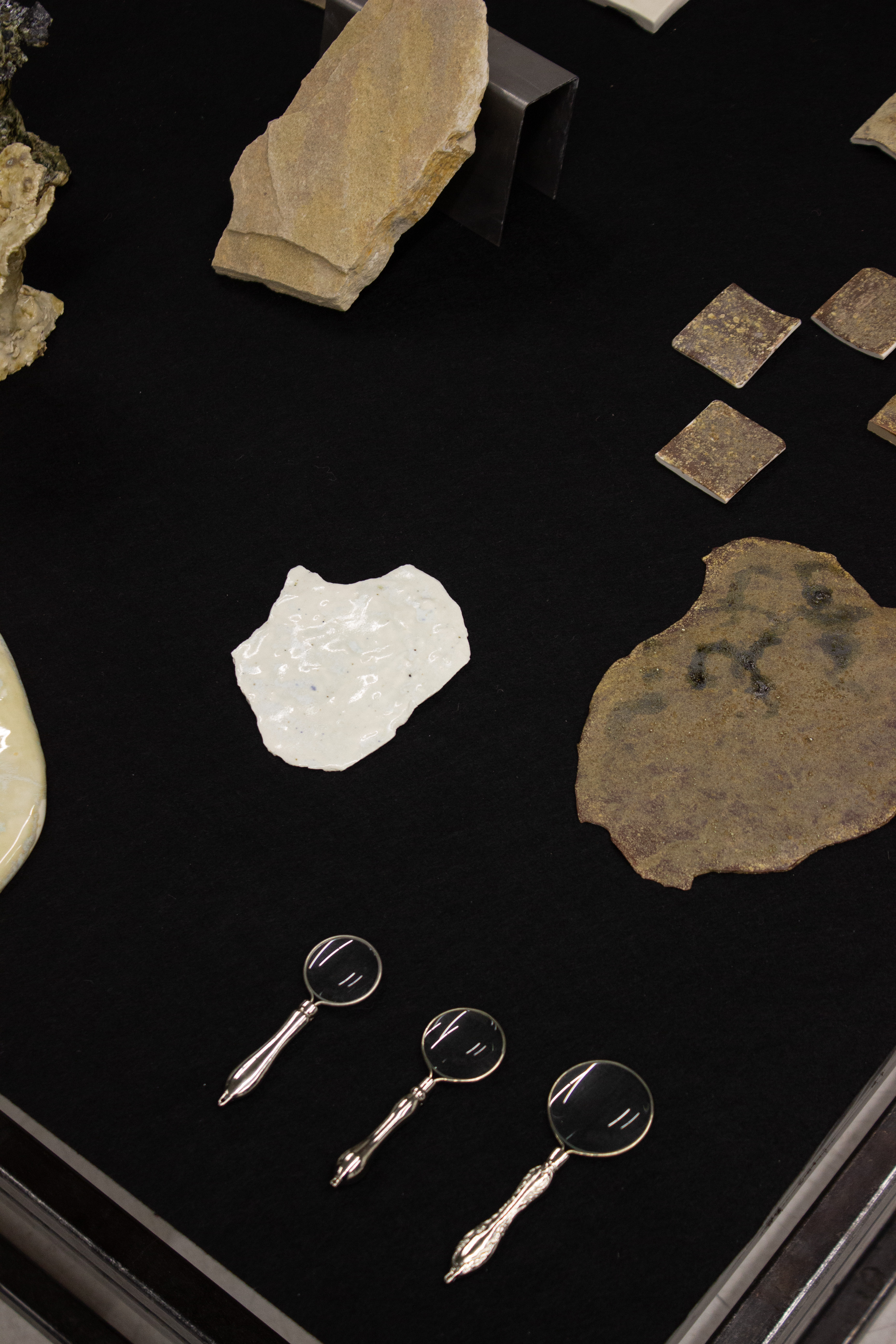
They asked for consent to mine kaolin from a hill, which the Kavtiskhevi locals call Kataula.

According to the German technologists, the material extracted from the mountain would make valuable porcelain.
SATELLITE IMAGE, KATAULA
My grandmother resisted and sent them away. Years have passed by, and a thin layer of white dust swathes the village, a cement grime from the nearby cement factory.
My grandmother resisted and sent them away. Years have passed by, and a thin layer of white dust swathes the village, a cement grime from the nearby cement factory.
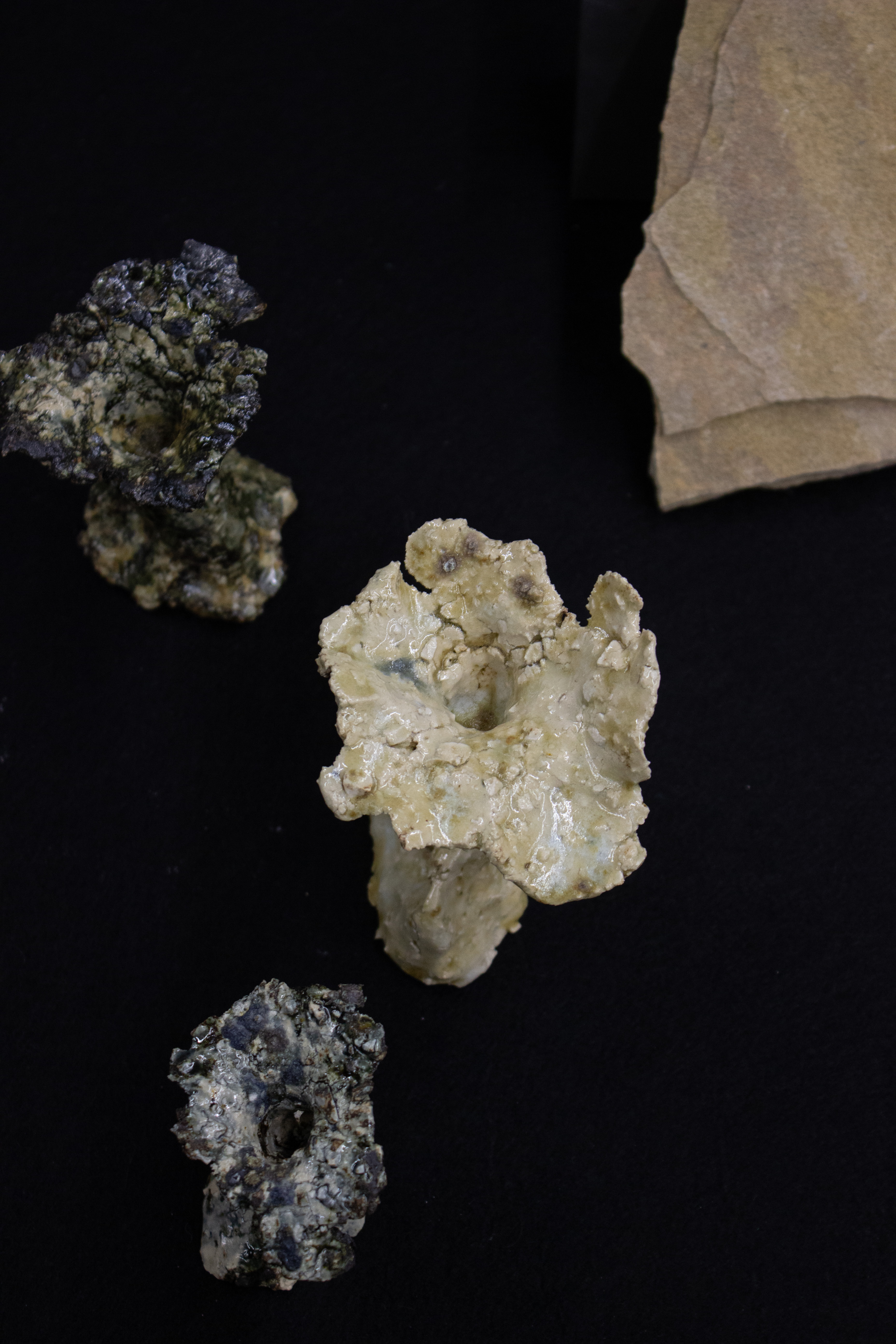
The residents claim that the cancer rates have significantly risen since.
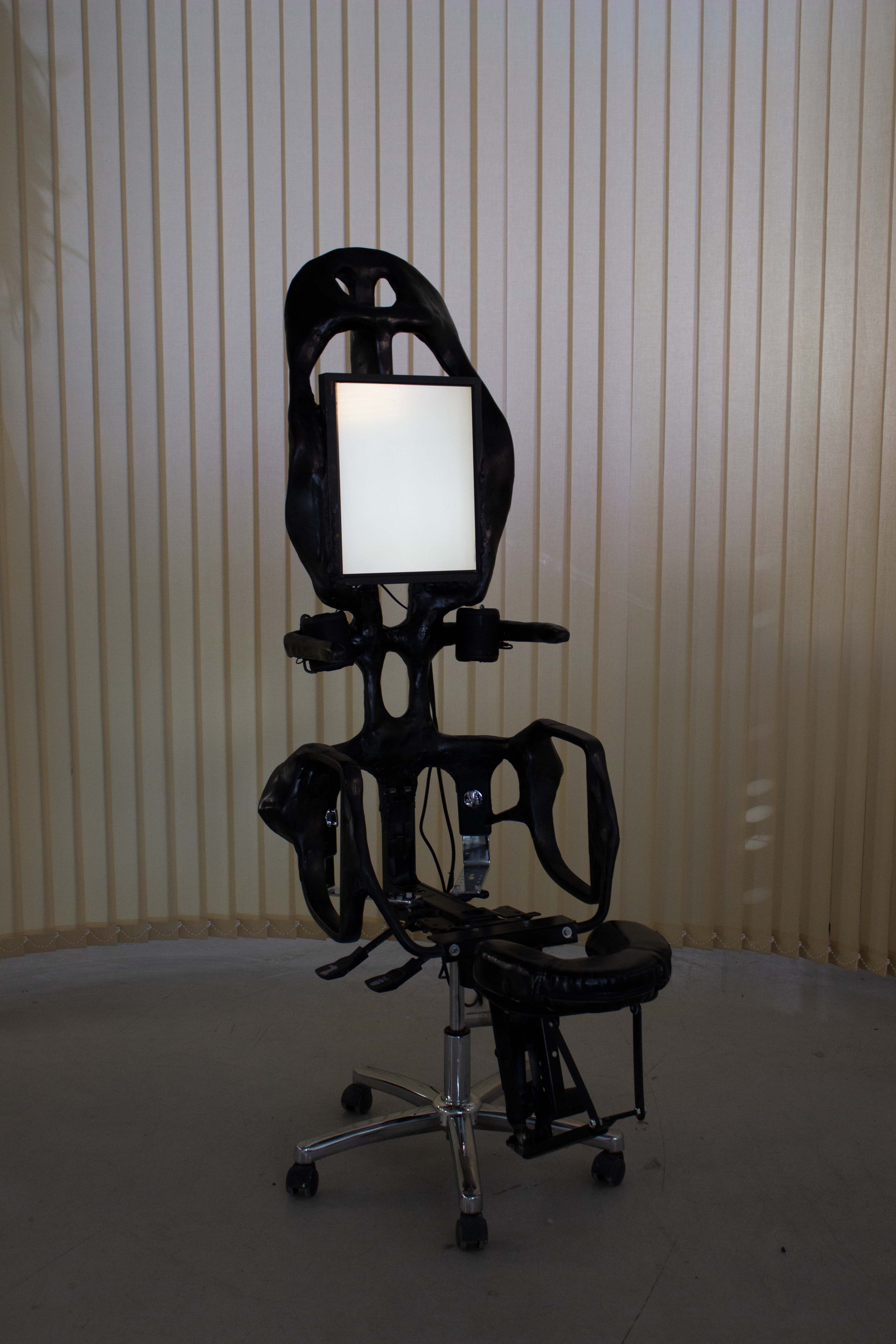
TRIPLE SPINE RELIEF DESIGN CARE BODY, 2023
‘‘Two Georgian content moderators can be heard having a conversation in which neglected basic working conditions at their workplace take central stage. They work at a secondary outsourcing company, where NDAs prohibit them from dis-closing any information about their work and conveniently make any form of protesting or unionizing impossible.’’
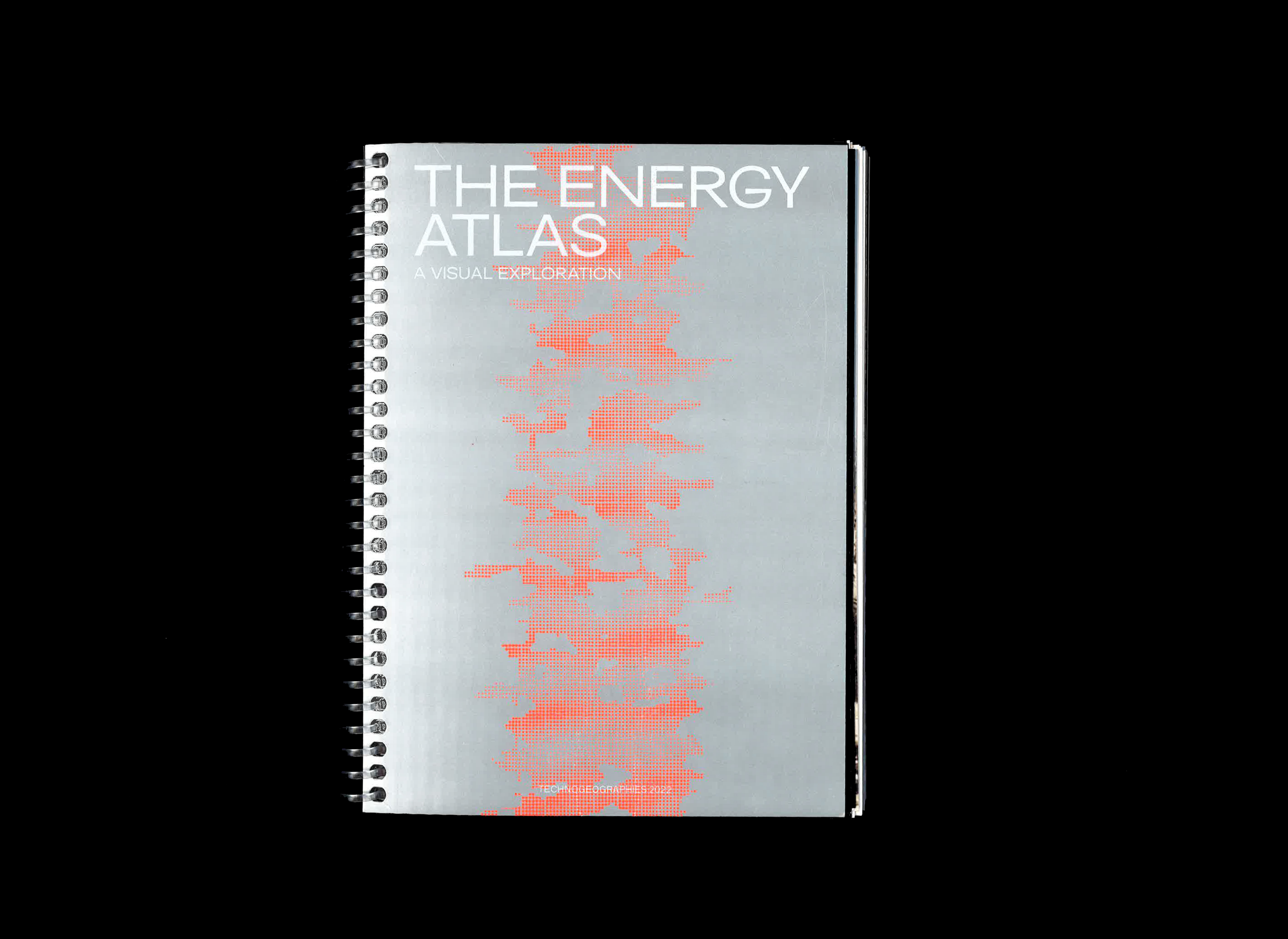
THE ENERGY ATLAS, STUDIO OFFSHORE / STUDIO TECHNOGEOGRAPHIES
Research publication on energy infrastuctures. Exhibited at Solar Labs, Sun Without Shadow Symposium, The Energy Show at Het Nieuwe Instituut
Research publication on energy infrastuctures. Exhibited at Solar Labs, Sun Without Shadow Symposium, The Energy Show at Het Nieuwe Instituut
ENERGY AS A TOOL OF HYBRID WARFARE, 2022
Figure 1:
![]()

Figure 2:
![]()


Installation view, Cube in Context, 2022
Project highlights the colonial legacies of technocratic experimentation in South Caucasus. The immersive time-based installation unites an API software and a research publication.
Located in south Caucasus and only populated with 3,8 million, Georgia became the second largest cryptocurrency mining country in a short time span. Grey areas in laws and cheap electricity have attracted more foreign investors to take ownership of the energy generated by Georgian hydropower plants. Consequently, Georgia has been buying most of its electricity from long-time invader Russia.
Located in south Caucasus and only populated with 3,8 million, Georgia became the second largest cryptocurrency mining country in a short time span. Grey areas in laws and cheap electricity have attracted more foreign investors to take ownership of the energy generated by Georgian hydropower plants. Consequently, Georgia has been buying most of its electricity from long-time invader Russia.

While cryptocurrencies like bitcoin have been falsely advertised to financially help ‘forgotten’ nations (as stated in report “Bitcoin for Governments”) , it has only tricked people into committing to short-term small scale oligarchy and giving away their resources and land to the neo-colonial expansion.
WHAT MIGHT BECOME OF A BODY OF WATER
2024
A visual and auditory exposition on the haunting parallels between three discrete yet interconnected localities along the Danube river.
A visual and auditory exposition on the haunting parallels between three discrete yet interconnected localities along the Danube river.
Figure 1:
![]()

Figure 2:
![]()
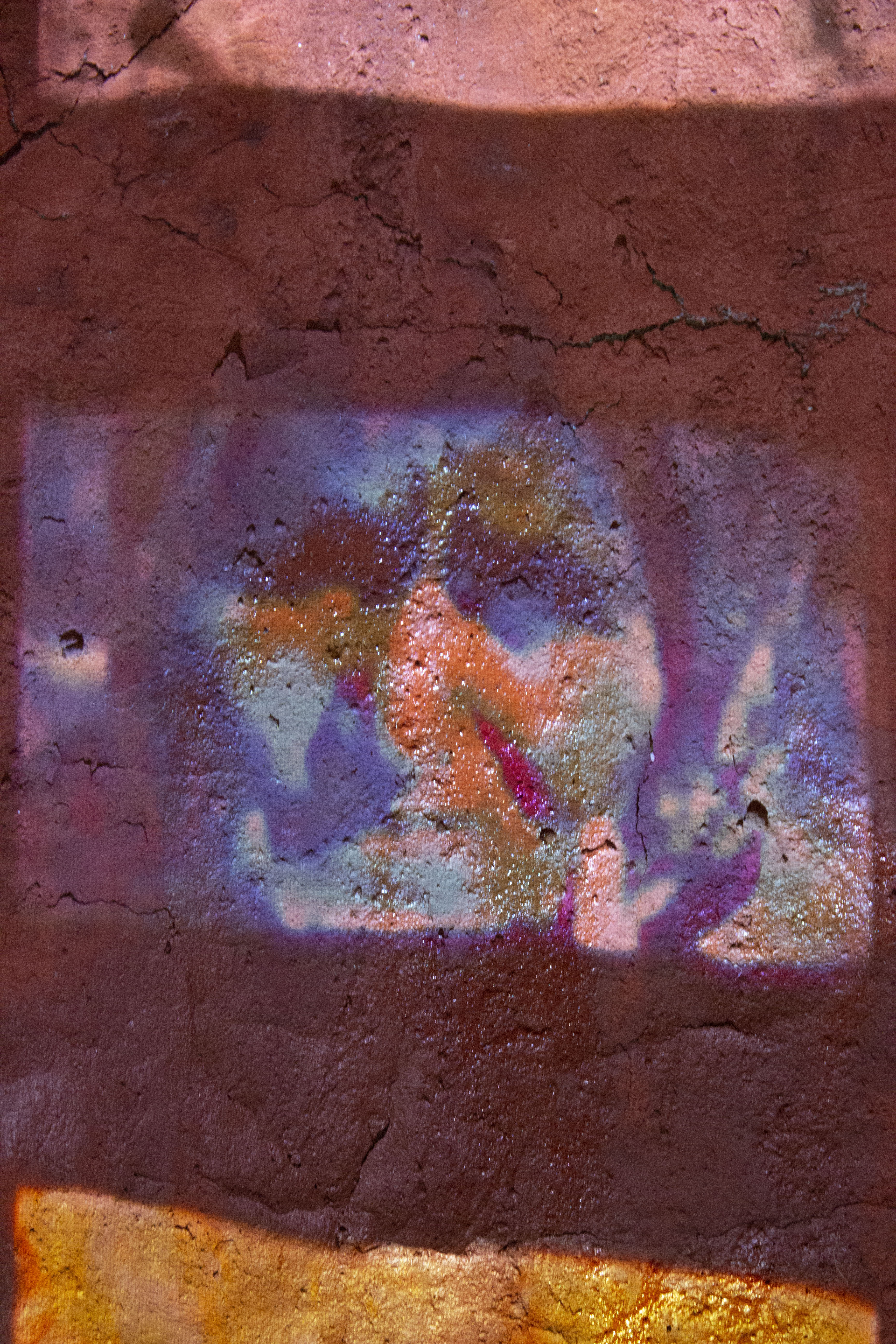
Figure 1:
![]()

Figure 2:
![]()

EPHEMERA,
2022
Collaboration with Marie Judith Le Gars
2022
Collaboration with Marie Judith Le Gars

TEMPLE OF THE SUN, 2023 00:07:03:00, Video Still, Censored at CAS Batumi